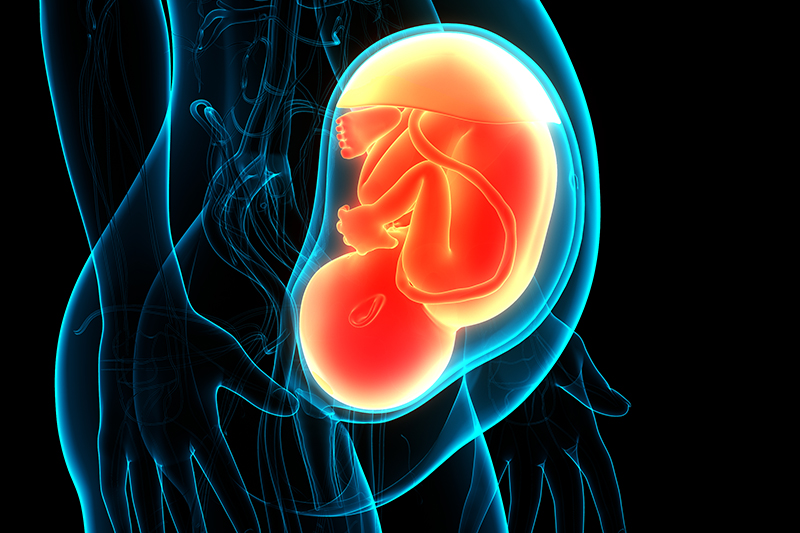(Washington, DC) Judicial Watch and The Center for Medical Progress (CMP) announced yesterday that they received 252 pages of new documents from the US Department of Health and Human Services that reveal nearly $3 million in federal funds were spent on the University of Pittsburgh’s quest to become a “Tissue Hub” for human fetal tissue ranging from 6 to 42 weeks gestation.
These documents were obtained as part of the Freedom of Information Act (FOIA) lawsuit in which Judicial Watch represents CMP and is suing HHS after it failed to respond to an April 28, 2020, FOIA request seeking among other things, the grant applications for a University of Pittsburgh “tissue hub and collection site.” (Center for Medical Progress v. U.S. Department of Health and Human Services (No. 1:21-cv-00642)).
The documents reveal the following:
- The aims of the project listed in the original 2015 proposal were to “develop a pipeline to the acquisition, quality control and distribution of human genitourinary [urinary and genital organs and functions] samples obtained throughout development (6-42 weeks gestation). … [and] generate an ongoing resource to distribute fresh developmental human genitourinary samples from various stages (6-42 weeks) to the GUDMAP [GenitoUrinary Development Molecular Anatomy Project] Atlas projects.”
- In the proposal, Pitt notes that is has been “collecting fetal tissue for over 10 years … include[ing] liver, heart, gonads, legs, brain, genitourinary tissues including kidneys, ureters and bladders.”
- Pitt noted in 2015 “we have disbursed over 300 fresh samples collected from 77 cases. The collections can be significantly ramped up as material could have been accrued from as many as 725 cases last year.”
- The Health Sciences Tissue Bank at Pitt is “embedded within the Department of Pathology … thus providing rapid access to very high quality tissue and biological specimens.”
- Pitt boasts it has a number of internal connections as well as a “strong working relationship with UPMC [University of Pittsburgh Medical Center] and the Department of Pathology” as well as three “laboratories in the flagship UPMC hospitals.” This includes a lab boasting a “ButcherBoy band saw for sectioning bone,” and a “frozen section room has digital video feed to and from the operating rooms. This also allows for instantaneous discussions with the surgeons as well [as] immediate ‘show and tell’ for them.” The proposal ironically also boasts about the laboratories at the “Children’s Hospital of Pittsburgh.”
- Later in the proposal, Pitt states that it records the “warm ischemic time on our samples and take steps to keep it at a minimum to ensure the highest quality biological specimens.” [The “warm ischemic time” refers to the amount of time an organ remains at body temperature after blood supply has been cut off. Warm ischemic time differs from cold ischemic time which refers to amount of time the organ is chilled. Pitt’s statement suggests the time between the abortion and collection is minimal.]
- The Pitt scientists note that, “All fetal tissue is collected through a collaborative process including Family Planning, Obstetrics and Pathology.” And that, “the numbers of consents and collections has been steadily increasing… and we are in an excellent position to expand our services to include the needs of the GUDMAP Atlas projects.”
- Pitt anticipated “being able to harvest and distribute quality tissue and cells … [and] do not anticipate any major problems related to the acquisition and distribution of the tissues.”
- Pitt’s target goal “is to have available a minimum of 5 cases (tissues and if possible other biologicals) per week of gestational age for ages 6-42 weeks.”
- Pitt’s proposal also included a racial target for harvesting of human fetal parts. Of its planned aborted “subjects” Pitt desired 50% to be minority fetuses. The proposal suggests that the “subjects” be diverse because Pittsburgh is diverse, the U.S. Census Bureau shows the city of Pittsburgh is close to 70% white.
- Pitt’s proposal requested more than $3.2 million over a five-year period. The documents show NIH has funded at least $2.7 million so far for Pitt’s human fetal tissue harvesting and hub.
In March 2021, a federal court ordered HHS to release additional information about its purchases of organs harvested from aborted human fetuses. The court also found “there is reason to question” whether the transactions violate federal law barring the sale of fetal organs.
In May 2021, Judicial Watch announced it had uncovered records from the FDA showing the agency spent tens of thousands of taxpayer dollars to buy human fetal tissue from California-based Advanced Bioscience Resources (ABR). The tissue was used in creating “humanized mice” to test “biologic drug products.” The records show the agency ordered shipments to be “fresh; shipped on wet ice.”
In June 2020, Judicial Watch released records showing the FDA between 2012 and 2018 entered into eight contracts worth $96,370 with Advanced Bioscience Resources (ABR) to acquire “fresh and never frozen” tissue from 1st and 2nd trimester aborted fetuses for use in creating humanized mice for ongoing research. In February 2020, Judicial Watch made public additional humanized mice records.
“These documents show taxpayer money is being used to turn the University of Pittsburgh is a one-stop human fetal tissue shop – from procuring the tissue from elective abortions, ‘subdividing’ the human remains, to distributing and shipping the harvested tissue,” stated Judicial Watch President Tom Fitton.
The Center for Medical Progress’ press release is available here.























